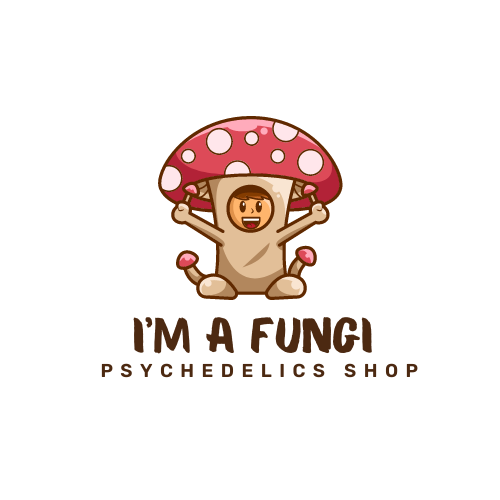BLOG
Unveiling the Essence: A Comprehensive Guide to Dried Mushrooms

Mushrooms, with their diverse shapes, sizes, and flavors, have been a culinary and medicinal staple for centuries. One intriguing aspect of mushroom consumption is the utilization of dried mushrooms. In this comprehensive guide, we delve into the world of dried mushrooms, exploring their methods of preparation, culinary uses, health benefits, and the diverse array of mushroom varieties that undergo the drying process.
Understanding the Art of Drying Mushrooms
1. The Preservation Process
Drying mushrooms is an ancient preservation technique that involves removing the moisture content from the fungi. This process enhances their shelf life, concentrates flavors, and opens up a myriad of culinary possibilities.
2. Methods of Drying
Several methods are employed to dry mushrooms, each influencing the final product’s texture and flavor. Common techniques include air drying, sun drying, oven drying, and using food dehydrators. The choice of method often depends on the mushroom variety and desired end result.
Mushroom Varieties Suited for Drying
1. Shiitake Mushrooms
Shiitake mushrooms, renowned for their rich, umami flavor, undergo a transformative process when dried. The drying intensifies their taste, making them a versatile ingredient in various cuisines.
2. Porcini Mushrooms
Porcini mushrooms, with their earthy and nutty profile, are highly sought after in their dried form. The drying process elevates their umami essence, making them a coveted addition to risottos, soups, and sauces.
3. Morel Mushrooms
Morel mushrooms, prized for their unique appearance and robust flavor, are often dried to extend their availability. Dried morels impart a concentrated, smoky taste to dishes.
4. Chanterelle Mushrooms
Chanterelle mushrooms, known for their apricot-like aroma, maintain their distinct fragrance when dried. The dried version adds depth to various recipes, from pasta dishes to savory tarts.
Culinary Alchemy with Dried Mushrooms
1. Rehydrating Techniques
Before using dried mushrooms in recipes, rehydration is a crucial step. Soaking them in hot water or broth not only restores their original texture but also creates a flavorful liquid that enhances the dish.
2. Enhancing Flavors in Savory Dishes
Dried mushrooms act as flavor powerhouses in savory dishes. Their concentrated taste elevates the umami quotient in soups, stews, risottos, and sauces, providing depth and complexity.
3. Incorporating Dried Mushrooms in Baked Goods
Beyond savory applications, dried mushrooms can surprise in sweet treats. Powdered dried mushrooms, when added to baked goods, contribute an earthy undertone and nutritional benefits.
Nutritional Value and Health Benefits
1. Concentration of Nutrients
Drying mushrooms retains their nutritional value, concentrating essential vitamins, minerals, and antioxidants. Dried mushrooms are particularly rich in vitamin D, potassium, and B-vitamins.
2. Immune-Boosting Properties
Certain mushrooms, like shiitake and maitake, possess immune-boosting properties. The drying process preserves these benefits, making dried mushrooms a valuable addition to a health-conscious diet.
Crafting Homemade Dried Mushroom Blends
1. Custom Blends for Culinary Creativity
Enthusiasts can experiment with creating their dried mushroom blends. Combining different varieties allows for customized flavor profiles, providing endless possibilities in the kitchen.
2. Storage and Shelf Life
Proper storage is crucial to maintaining the quality of dried mushrooms. When stored in airtight containers in a cool, dark place, dried mushrooms can have a shelf life of several months to years.
Beyond the Plate: Cultural Significance
1. Culinary Traditions
Dried mushrooms play a significant role in various culinary traditions worldwide. From Asian cuisines using dried shiitake in broths to European dishes featuring dried porcini, these fungi have left an indelible mark on global gastronomy.
2. Medicinal Uses in Traditional Practices
In addition to their culinary significance, certain dried mushrooms hold a place in traditional medicine. Reishi and cordyceps, when dried and prepared, are believed to offer various health benefits in traditional practices.
Conclusion
Dried mushrooms, with their concentrated flavors and versatility, open a world of culinary exploration. From rehydrating techniques to nutritional benefits, the art of drying mushrooms extends beyond the kitchen into cultural traditions and holistic health practices. As enthusiasts continue to experiment with these fungi, the timeless appeal of dried mushrooms persists, enriching culinary experiences and connecting us to age-old traditions.
